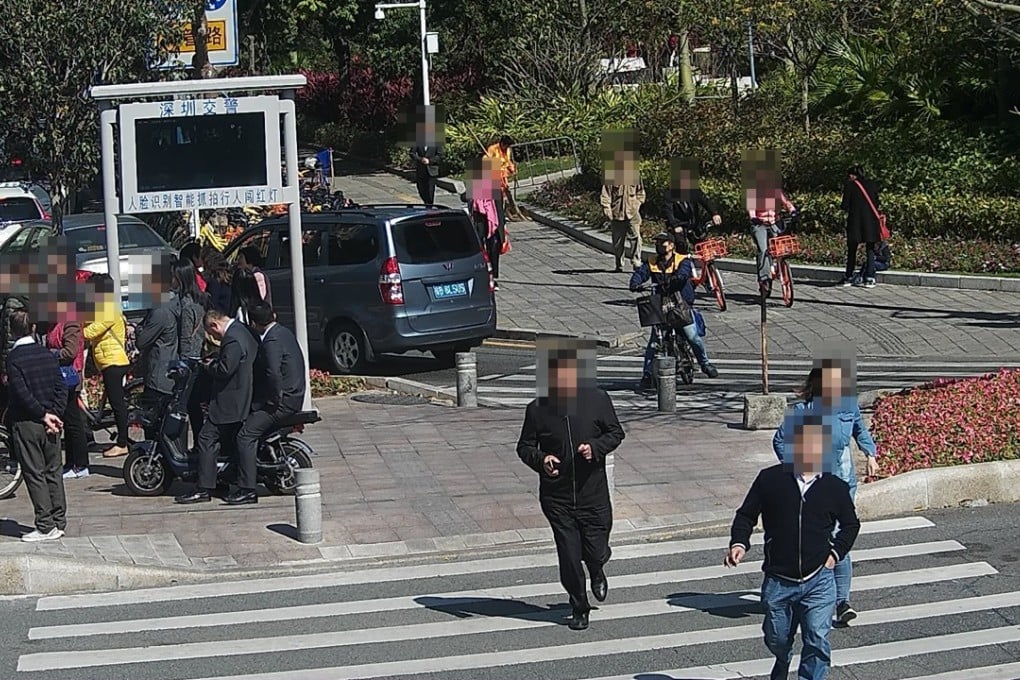Jaywalkers under surveillance in Shenzhen soon to be punished via text messages

Traffic police in the southern Chinese city of Shenzhen have always had a reputation for strict enforcement of those flouting road rules in the metropolis of 12 million people.
Now with the help of artificial intelligence and facial recognition technology, jaywalkers will not only be publicly named and shamed, they will be notified of their wrongdoing via instant messaging – along with the fine.
Intellifusion, a Shenzhen-based AI firm that provides technology to the city’s police to display the faces of jaywalkers on large LED screens at intersections, is now talking with local mobile phone carriers and social media platforms such as WeChat and Sina Weibo to develop a system where offenders will receive personal text messages as soon as they violate the rules, according to Wang Jun, the company’s director of marketing solutions.

“Jaywalking has always been an issue in China and can hardly be resolved just by imposing fines or taking photos of the offenders. But a combination of technology and psychology … can greatly reduce instances of jaywalking and will prevent repeat offences,” Wang said.